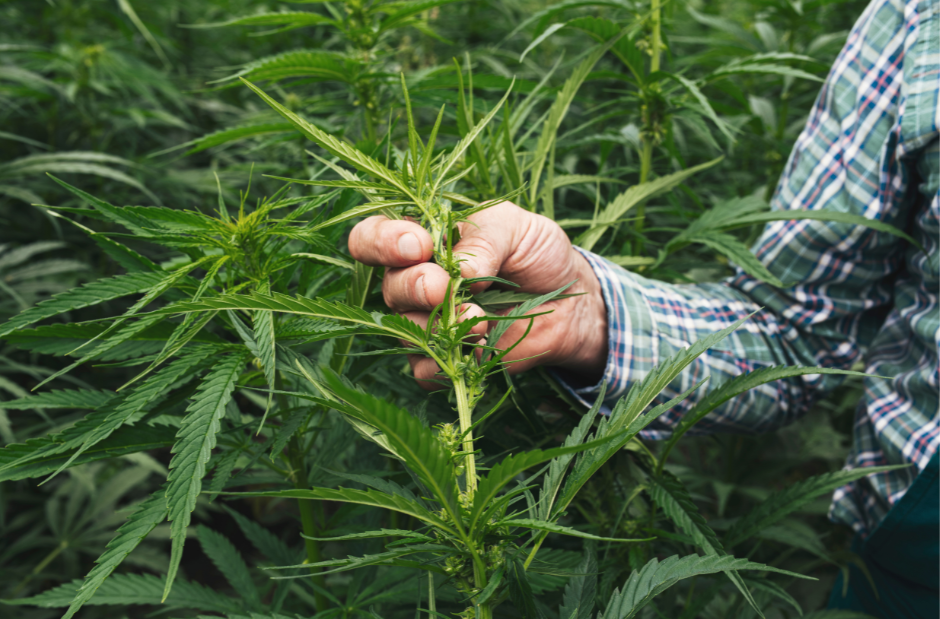Climate change and sustainable farming practices have been a hot topic of conversation over the last decade. Some individuals direct their focus to creating renewable energy resources, while others focus on water conservation. In fact, there are hundreds, if not thousands, of ways to help improve the planet for future generations to come. Hemp is just one of these ways.
Hemp is a useful plant for dozens of different reasons. The influx of biomass on the market has accelerated cannabinoid research in the medical field. Hemp seeds can be a useful source of protein and fiber for both humans and some animals. Products traditionally made with paper can now be created using hemp fiber. And speaking of hemp fiber, even houses can be made from it.
So with all of the things hemp can do, how can it help improve farming practices and improve/repair soil quality?
It All Starts at the Roots
In the 1930’s, the US experienced what history came to know as the Dust Bowl. Partly thanks to poor farming practices and drought, the US found its farmland’s soil severely eroded. According to information from the Library of Congress, “The farmers plowed the prairie grasses and planted dry land wheat. As the demand for wheat products grew, cattle grazing was reduced, and millions more acres were plowed and planted.”
This destruction of natural grasses in the area left the soil vulnerable to the elements (especially the high winds states like Kansas and Oklahoma are known for). What happened next was a catastrophic chain of events that has been encapsulated in American art and literature.
When native plants are removed, the soil is left vulnerable. However, with good agricultural practices, native plants, or plants that can produce deep root systems, like hemp, can actually help reinforce and protect the soil from erosion.

How Hemp Can Repair Soil
Besides helping keep the soil where it needs to be, hemp can help repair damaged soil. This is done by the plant absorbing heavy metals, pesticides, and other contaminants. Then, the contaminants are stored in the plant until it is harvested.
For example, a 2020 paper published by GCB Bioenergystates, “A multitude of research has shown that hemp is capable of phytoextraction of heavy metals and radionuclides, with the contaminants being distributed throughout the entire hemp plant in different concentrations.”
Current Research
Modern research has been exploring the use of hemp in soil repair to see how effective it can be. For example, a 2022 paper published by researchers at USDA-ARS-Western Regional Research Center in California found that industrial hemp can be used to help extract heavy metals from soil. Their results found, “Hemp has deep roots and is tolerant to the accumulation of different metals. In addition, the crop biomass has many potential commercial uses after harvesting is completed.”
Research surrounding soil repair and preservation with hemp has been accelerated over the last decade thanks to widespread legalization creating an influx of biomass. Seeds and young plants have also become more readily available. These aspects have allowed for more possibilities in research.
The Bottom Line
Hemp is a useful plant that can help in many different ways. When it comes to soil repair and preservation, it has the potential to be a valuable tool. Modern research has opened the door to new possibilities.
As it currently stands, hemp has been shown to have the ability to pull harmful chemicals from soil and provide a barrier to assist in the fight against soil erosion. However, the next step in the conversation is what to do with the hemp after it is ready to harvest. Multiple options can pursued, but which one is the right pathway? One thing is for certain, there is still more to come in this story.
